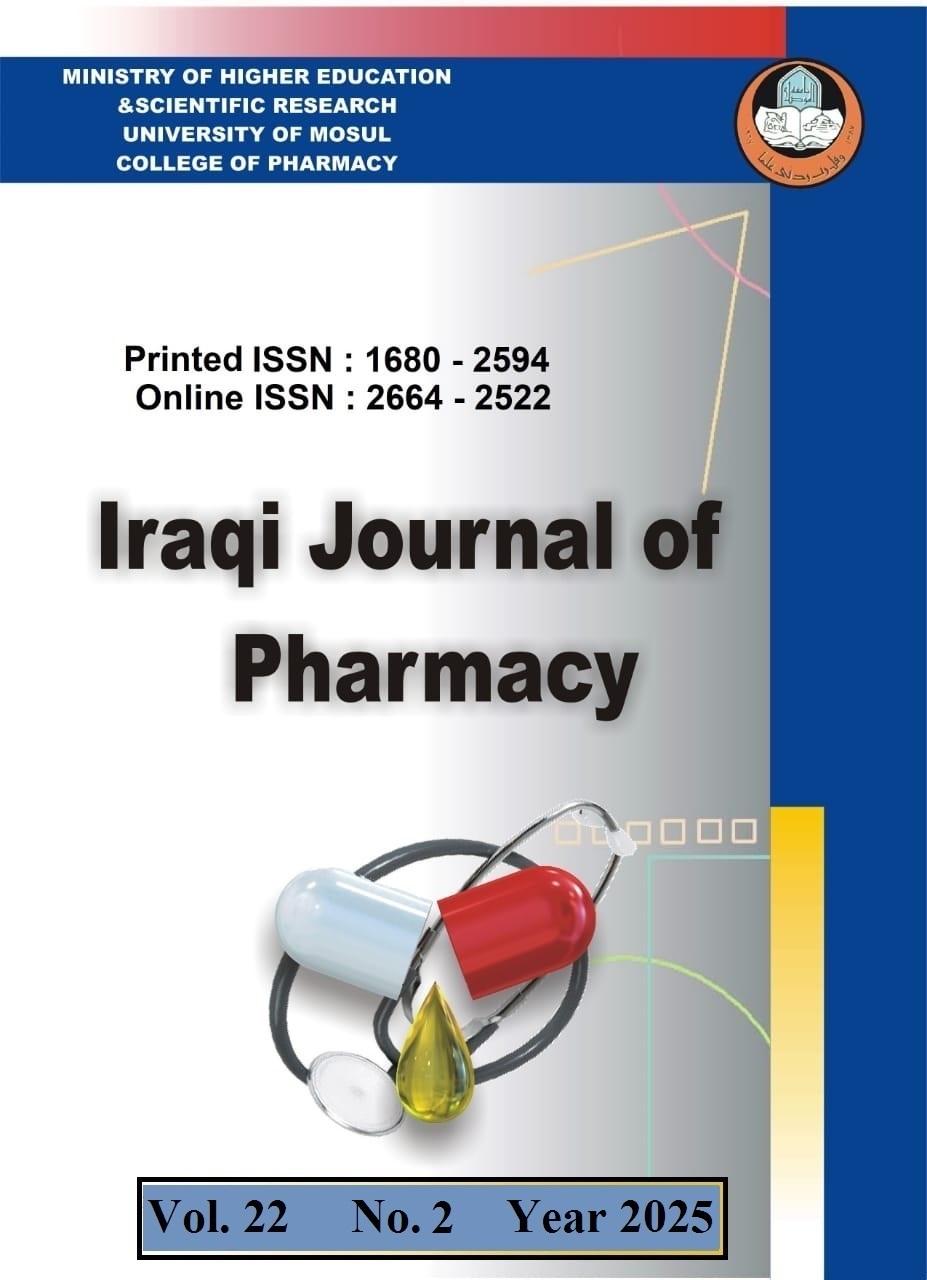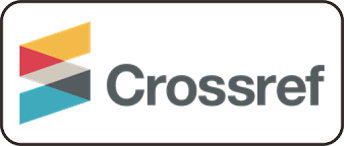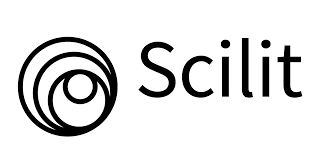Design, synthesis, and evaluation the anti-β-lactamase activity of new sulphathiazole-derived monobactam compounds
Abstract
Objectives: -Lactams are the most successful antibiotics for the management of infectious diseases. Unfortunately, the bacterial production of -lactamase that hydrolyzes the -lactam ring can inactivate these drugs. The use of -lactamase inhibitors like (clavulanic acid) in combination with the -lactams may reduce this inactivation. The prevalent -lactamase phenotype is the TEM-1 of class A released by Gram-positive and Gram-negative bacteria.Methods: The docking study with TEM-1 -lactamase lead to synthesize of new 5 monobactam compounds as the acid chloride derivatives reacted with the Schiff bases compound forming the monobactam ring. The final 5 synthesized compounds were characterized using physical and spectroscopic methods and tested biologically by evaluating their MIC values against 4 strains of -lactamase Gram-positive and Gram-negative bacteria. The results were compared with those acquired from using clavulanic acid as a co-inhibiter with amoxicillin against the tested bacteria.Results: The results revealed that 2 synthesized compounds showed an anti -lactamase effect resemble to that of clavulanic acid.Conclusion: As conclusion; the -lactamase active pocket prefers hydrophobic substituents, as the synthesized products with these groups appeared to have the highest affinity.








